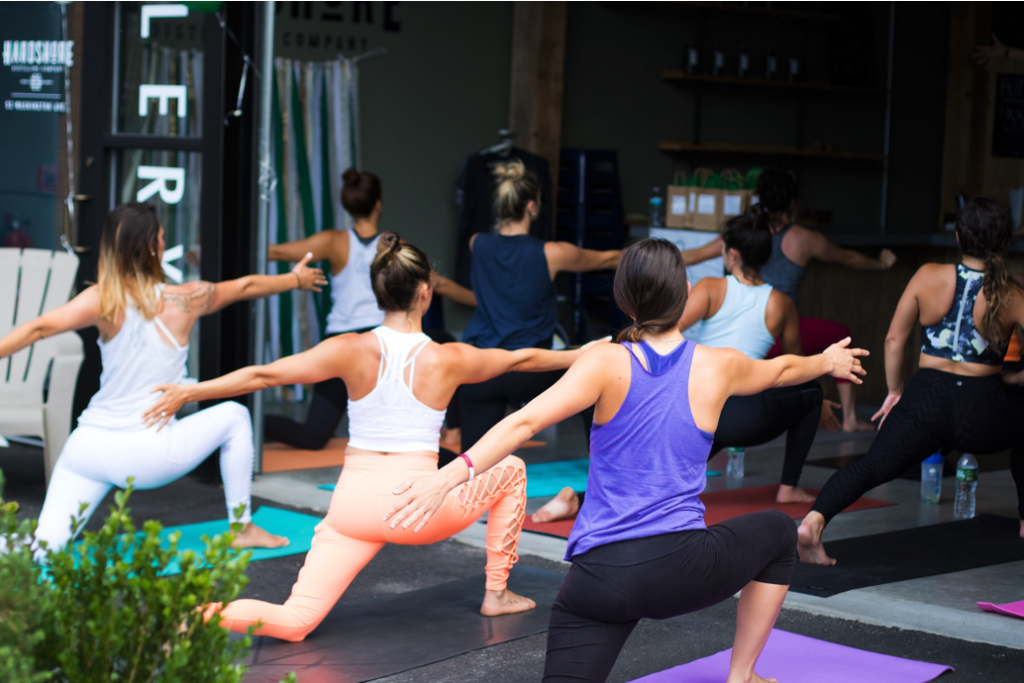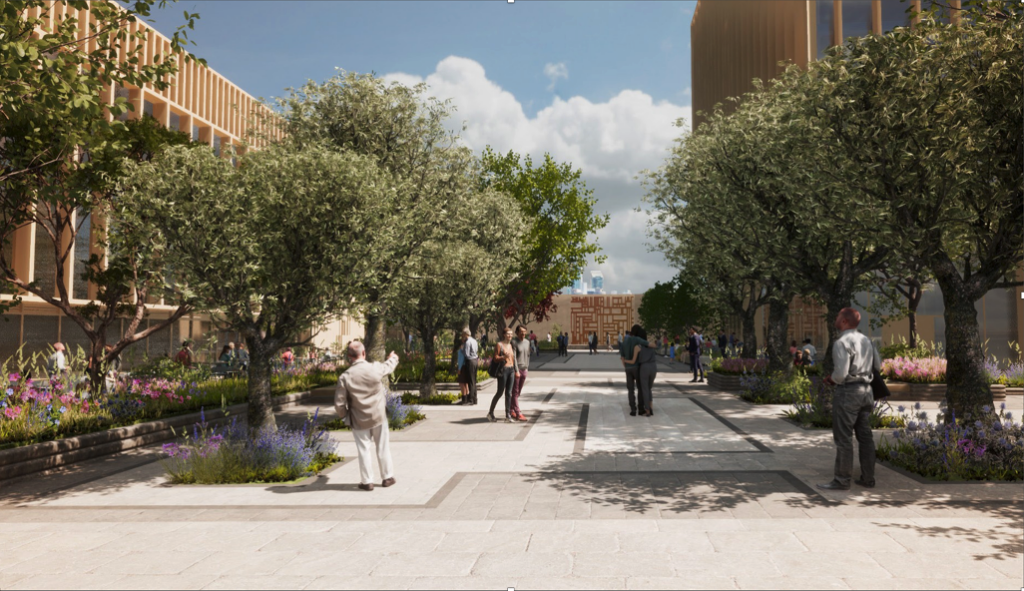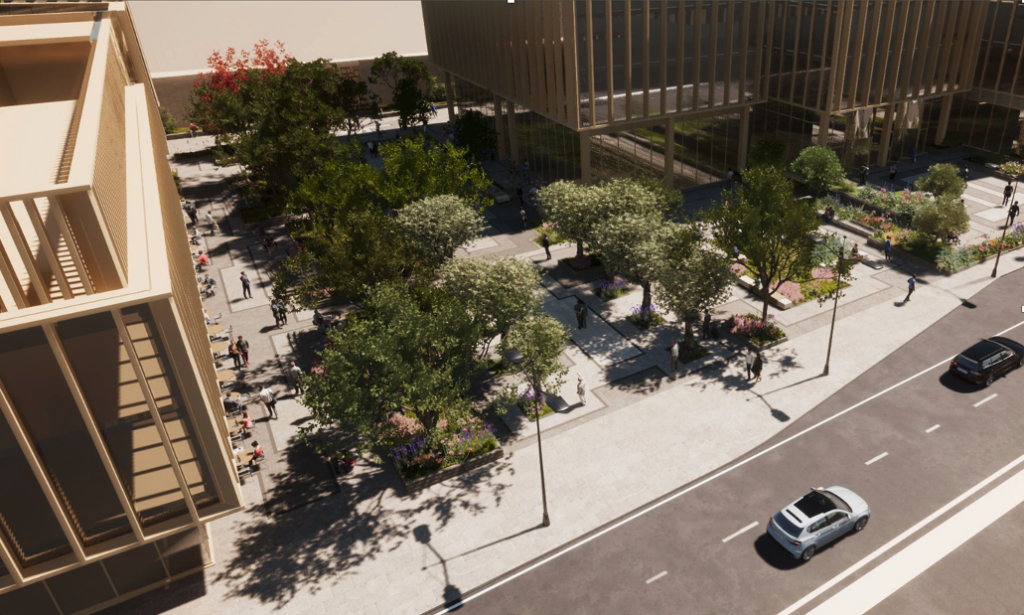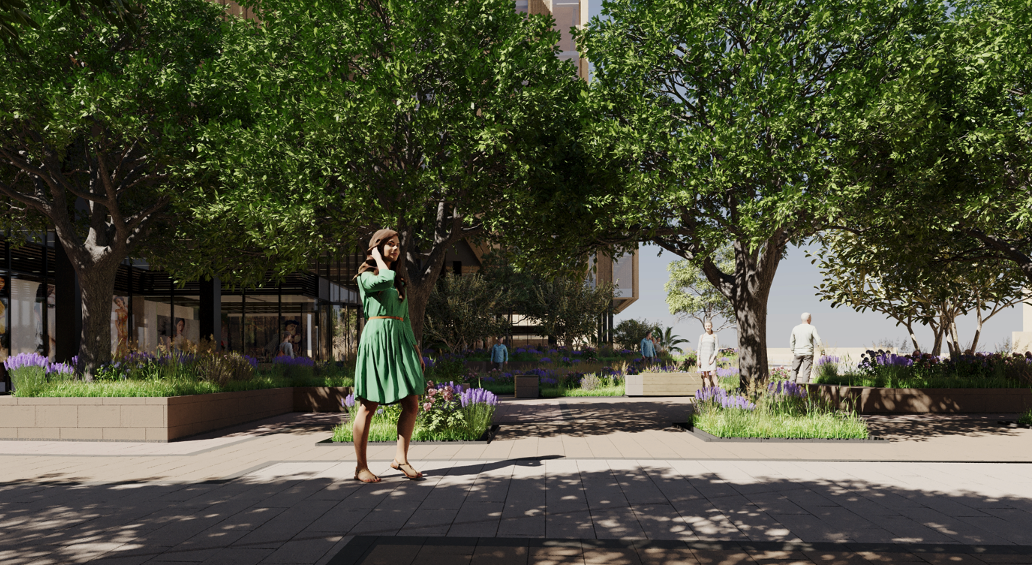Integrating public open spaces within redevelopment projects on the periphery of small historic towns like Żebbuġ is an essential aspect of urban planning in Malta. These spaces have a positive impact on the lives of people in the locality, and it is crucial to ensure that they are designed to be engaging and functional.
Public open spaces are essential components of a towns’ social fabric. They are places where people can come together, socialise, exercise, and relax. These spaces are vital to the overall health and physical and mental well-being of the community, and they have many benefits, including:
1.Providing Green Spaces
that are essential to the physical and mental health of the community. These spaces help to reduce air and noise pollution and provide a natural and calming environment. Public open spaces within the towns confines also have the benefit of being within the easy reach of residents.
2. Promoting Physical Activity and Health
by encouraging the use of open spaces for physical activity and improve the overall health of the community. They provide opportunities for people to engage in various activities such as walking, jogging, cycling, and playing sports.
3. Encouraging Social Interaction
since they create great places for people to meet and interact with others. They provide opportunities for people to make new friends and strengthen existing relationships, which can improve the overall social cohesion of the community.
4. Improving the Environment
They provide green spaces that can help to reduce air and noise pollution, and they can also help to mitigate the effects of climate change by absorbing carbon dioxide and have a positive impact on the environment.With the appropriate landscaping, public open spaces stand to play an important part in the ecosystem and help preserve biodiversity.
5. Boosting the Economy
They provide opportunities for local enterprises to develop around these areas to attract business fromtourists and visitors, triggering a spillover effect which in turn has a positive impact on the local economy.
Making public open spaces more engaging for the community could be achieved in several ways. Some possibilities include:
1. Providing Recreational Facilities
One way to make public open spaces more engaging is by providing recreational facilities. These could include playing areas for children and areas where adults could simultaneously practice physical activity and social interaction.

2. Incorporating Local Flora
Incorporating local flora into the public open, landscaped spaces is an excellent way to make them more engaging. These plants and trees will add interest and beauty to the spaces and provide opportunities for education about the local ecology, while contributing to the preservation of local biodiversity.
3. Hosting Community Events
Another way to make public open spaces more engaging is by hosting community events. These events could include concerts, movie nights, food festivals, and cultural events. These events will bring people together and provide opportunities for social interaction and community building.
4. Social Equity and Inclusion:
Public open spaces are essential for creating inclusive communities. They are accessible to all, irrespective of socio-economic status, age, or background. Well-designed open spaces ensure that everyone can participate and enjoy the benefits, fostering social equity and cohesion.
5. Incorporate Art and Design Elements
Public open spaces can also be made more engaging by incorporating art and design elements. Thesecould include murals, sculptures, and other public art installations. These elements will add interest and beauty to the spaces and provide opportunities for creative expression.
6. Providing Seating Areas
Providing seating areas in public open spaces is also crucial. These areas will allow people to rest, socialise, and enjoy the spaces comfortably. Seating areas should be designed to be comfortable, durable, and accessible for people of all ages and abilities.
7. Sense of Place and Identity
Public open spaces help shape the character and identity of a town or city. Iconic parks, squares, or waterfront areas become landmarks and symbols of the community, instilling a sense of pride and attachment among residents.
8. Urban Livability and Quality of Life
The presence of public open spaces enhances the overall livability of a town or city. They contribute to a better quality of life by providing an escape from the urban environment, improving air quality, reducing noise pollution, and offering a sense of peace and tranquility.

9. Active Citizenship and Civic Engagement
Public open spaces can serve as platforms for civic engagement and democratic participation. They offer spaces for public meetings, protests, and gatherings, allowing residents to voice their concerns, organize community initiatives, and actively participate in shaping their city’s future.
Integrating public open spaces within redevelopment projects on the periphery of small historic towns like Żebbuġ in Malta is essential for the health and well-being of the community. This was always one of the key drivers behind the Debono Group site redevelopment project in the Ħal-Mula industrial area. By dedicating c.4,500 m2 of the site’s footprint to fully accessible open, landscaped spaces, the developers are looking to bring added benefits to the Żebbuġ community, including promoting physical activity and healthy lifestyles, encouraging social interaction, improving the environment, and boosting the local economy.

To make the public open spaces at the Żebbuġ project more engaging to the community, several of these ideas will be implemented, including providing recreational facilities, hosting community events, incorporating art and design elements, and providing shaded seating areas. Incorporating these ideas into the public open spaces at the redeveloped Żebbuġ site will create a new vibrant, engaging, and functional space that enhances the quality of life of the entire community.




